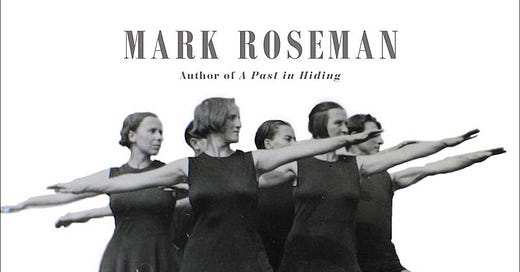Review: Adam Hochschild on an Unsung Nazi Resistance
The Gestapo was usually not suspicious of middle-aged people, mostly women, who gathered to do calisthenics
Nearly thirty years ago, studying oral histories of the Holocaust, Lawrence L. Langer astutely pointed out a pitfall commonly encountered when examining the Nazi era. The people who took oral histories, he found, sometimes interrupted the survivors, or ignored the despair they voiced, because the interviewers were so eager to shape a story that ended with the joyful day of liberation from a concentration camp and the triumph of the human spirit.
Mark Roseman’s book Lives Reclaimed brings into view a somewhat similar hazard. With Hitler’s regime so murderous, we want to find stories of organized resistance: people who, outraged by Nazi brutality, openly defied it, people like the White Rose group of student pamphleteers at the University of Munich in 1942–43, or the similarly doomed aristocratic army officers who tried to assassinate Hitler in 1944.
The people Mark Roseman chronicles, he is well aware, do not fit such a familiar category, and that’s why they interest him. They belonged to an organization, the Bund (its name went through many changes, but they all included the word “Bund,” so he calls it that), started in 1924. In a peculiarly German way, the Bund combined earnest commitments to adult education, experimental schools, vigorous rural walks, gymnastics and dance, teetotaling, and international socialism. It solemnly celebrated an annual commitment ceremony near Easter and a “festival of light” at Christmas. Its charismatic leader, a high school teacher named Artur Jacobs, preached a wooly ideology that wove all these things together. The Bund sounds like a benign version of a cult: it even supervised “probationary marriages” among its younger followers, although Roseman could apparently find no details on just what that meant. At its peak, before the Nazi seizure of power in 1933, it had several hundred members, some of them Jews, mostly concentrated in the Ruhr region.
Keep reading with a 7-day free trial
Subscribe to Book Post to keep reading this post and get 7 days of free access to the full post archives.



